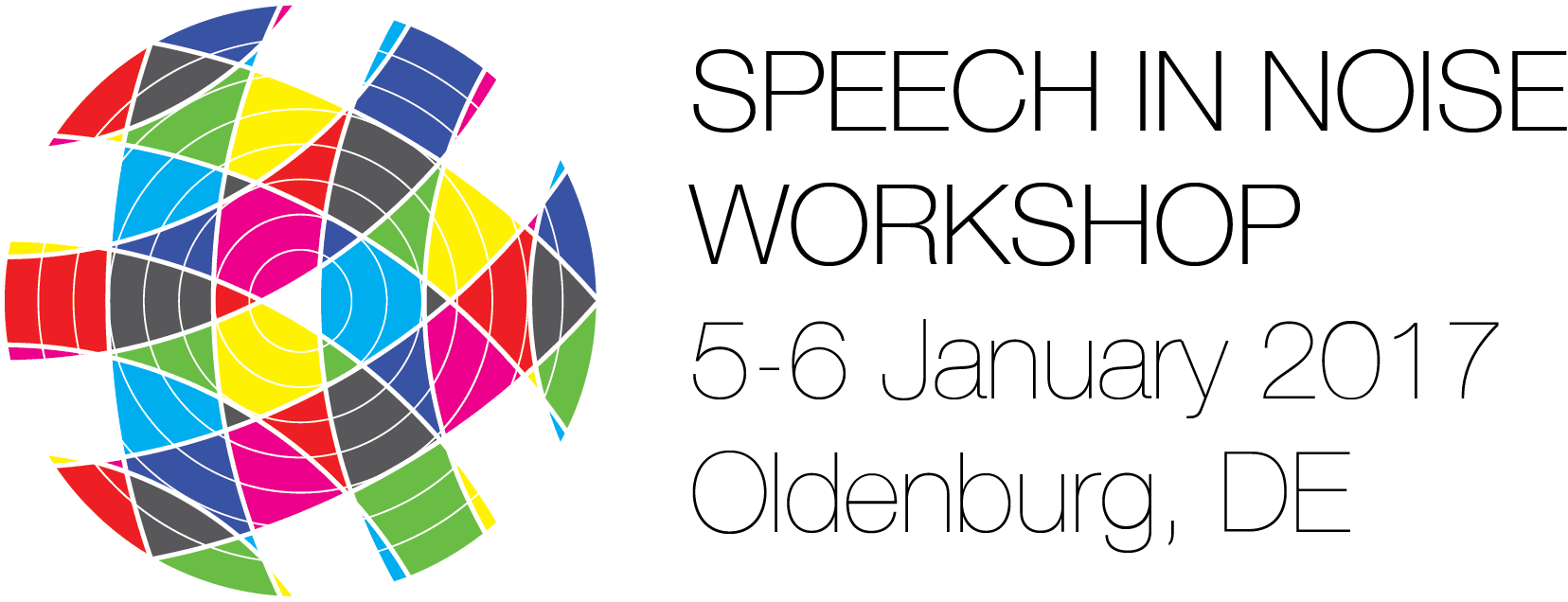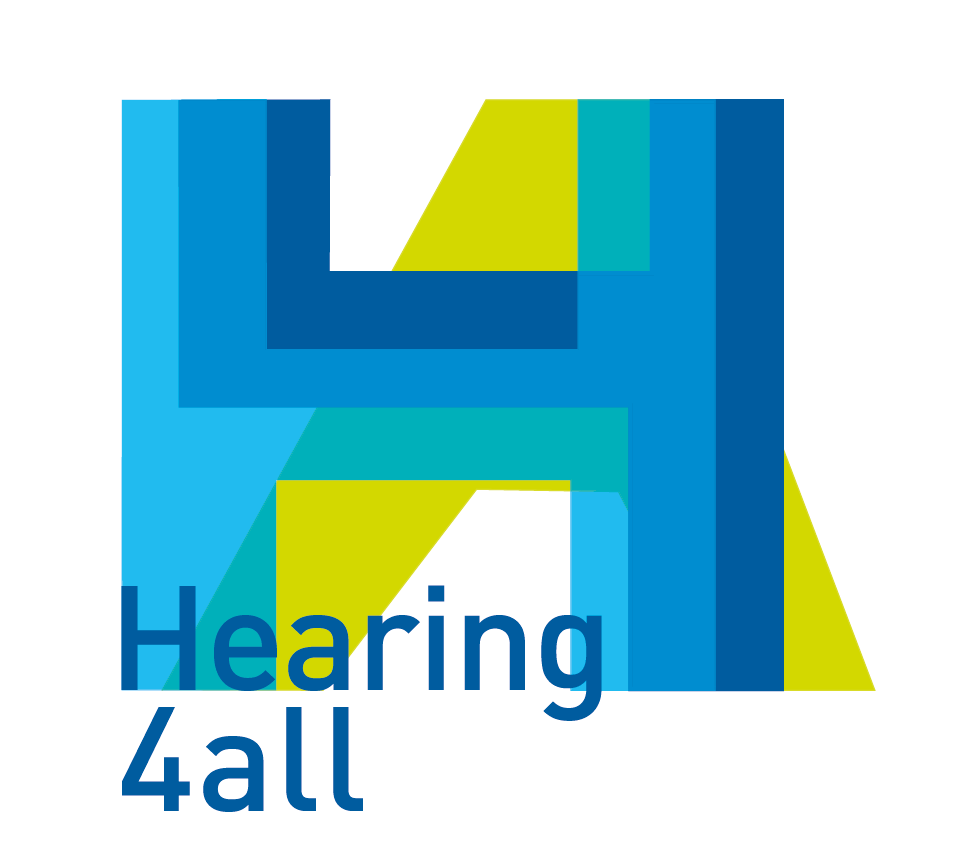Instructions for poster preparation
Posters should be portrait, ideally DIN A0 (84,1 x 118,9 cm). Poster boards allow a max. width of 140 x 140 cm (55 inches).
Each poster will receive a number. All posters will be up throughout the workshop, but only half of them will be presented per poster session.
Given the large number of posters, the organizers will prepare a very brief poster pitch just before the poster sessions. This should provide attendees with an overview of what poster topics to expect of the following poster session.
About the SPIN workshop
The SpiN workshop is organized every year by a European research group within the speech and hearing community, and consists of two days of talks by invited speakers (PhD students, postdocs, and principal investigators, as well as a keynote lecture) and contributed poster presentations. The aim of the meeting is to bring together young investigators and senior faculty from several European hearing-research groups to stimulate networking, discussion of research topics, and scientific collaboration in the field of speech and hearing research. The presented work is traditionally focused on speech-related topics, such as speech intelligibility and quality in adverse conditions, computational models of speech perception, speech production, speech synthesis, linguistic and cognitive aspects of speech communication, effects of hearing impairment on speech processing, etc.
Why a workshop on speech in noise?
Speech is probably the most used method of communication. It is fast, robust, open to interaction and can be used in highly adverse conditions. Besides the content of the message it contains additional information, such as the emotional state, size and sex of the speaker. But occasionally speech information is not transmitted properly due to interference by one or more other sources typically labeled as "noise".
Technological progress demands a better understanding of the processes involved in the perception of speech in noise. For example, mobile telecommunications makes people communicate under far more noisier conditions than the traditional landline. Contemporary hearing aids with wireless technologies allow the implementation of numerous digital signal processing strategies, creating novel opportunities to improve the speech perception for hearing impaired listeners. A better understanding of the perception of speech in noise also appears imperative to a further development of cochlear implants. And notwithstanding progress in the field of automatic speech recognition, robustness to noise remains a challenge.
Besides challenges, new technology also created new opportunities to study the perception of speech in noise. Computational models in the field of room and space acoustics make it possible to evaluate listening conditions prior to construction or acoustic modifications. New techniques in brain imaging, neural processing and cognitive functioning allow new perspectives on the processing of noisy speech. Although speech intelligibility has traditionally received much interest, the presence of noise appears to influence subsequent processing by the human brain, even when the message appears to have been transmitted properly.
Speech in noise is thus a topic of interest for researchers from a wide variety of fields that are themselves often multidisciplinary. The SPIN workshop presents a unique opportunity for these researchers to meet and exchange on this topic with colleagues they would probably not meet in the main conference of their field.
Organizing committee:
- Tim Jürgens
- Anna Warzybok
- Rebecca Carroll
- Melanie Zokoll
- Melanie Tipping
- Jana Müller
- Etienne Gaudrain
Previous editions
- 1st Workshop on Speech in Noise, 9th of January, 2009, London, UK.
- 2nd Workshop on Speech in Noise, 7th & 8th of January, 2010, Amsterdam, NL.
- 3rd Workshop on Speech in Noise, 6th & 7th of January, 2011, Lyon, France.
- 4th Workshop on Speech in Noise, 5th & 6th of January, 2012, Cardiff, Wales.
- 5th Workshop on Speech in Noise, 10th & 11th of January, 2013, Vitoria, Spain.
- 6th Workshop on Speech in Noise, 9th & 10th of January 2014, Marseille, France.
- 7th Workshop on Speech in Noise, 8th & 9th January 2015, Copenhagen, Denmark.
- 8th Workshop on Speech in Noise, 7th & 8th January 2016, Groningen, Netherlands.


